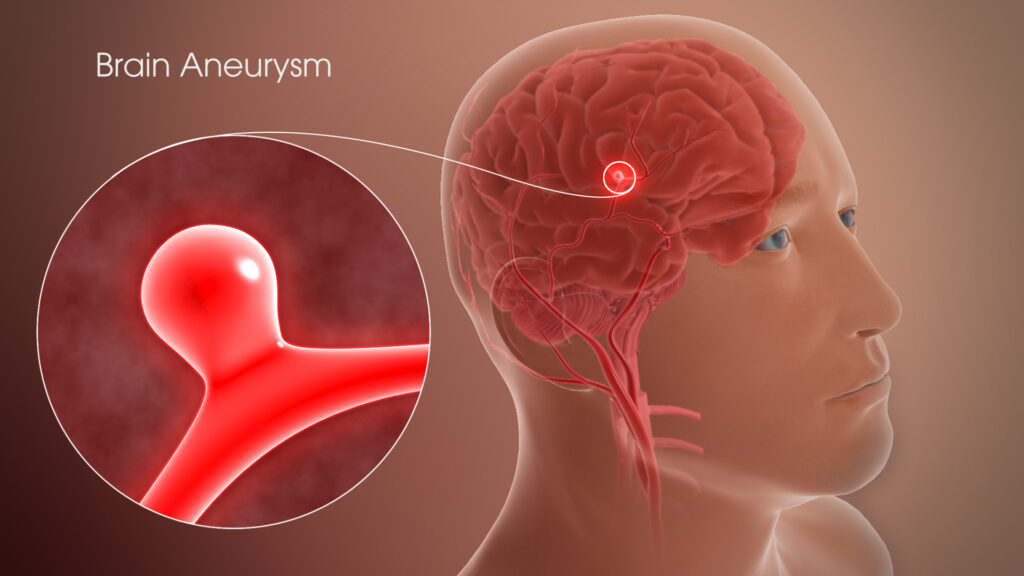Aneurysms are a serious medical condition that can have life-threatening consequences if left untreated. Understanding the symptoms and taking preventative measures can make a significant difference in identifying and managing this condition. This article aims to shed light on aneurysms, their symptoms, and measures that can be taken for prevention.

What is an Aneurysm?
An aneurysm refers to a weak, bulging area in the wall of an artery, often compared to a balloon filled with water. As the blood flows through the weakened vessel wall, the pressure causes the area to expand and form a sac-like bulge. Although aneurysms can develop in various parts of the body, they are most commonly found in the brain, aorta (the body’s largest artery), and other major blood vessels.
Symptoms of Aneurysms
In many cases, aneurysms remain undetected until they rupture or cause complications. However, there are some common symptoms that can be indicative of their presence. These symptoms may vary depending on the location and size of the aneurysm, but can include:
- Severe headaches or migraines
- Neck pain or stiffness
- Blurred or double vision
- Sensitivity to light
- Loss of consciousness or fainting
- Numbness or weakness on one side of the face or body
- Difficulty speaking or understanding speech
- Sudden and severe back or abdominal pain
- Irregular heartbeat or palpitations
Preventing Aneurysms
While some risk factors for aneurysms, such as age, family history, and genetic conditions, cannot be controlled, there are steps individuals can take to reduce the likelihood of developing an aneurysm. Here are some preventive measures to consider:
- Manage high blood pressure: Keeping blood pressure within a healthy range is crucial, as hypertension is a major risk factor for aneurysm development and rupture. Regular monitoring, a balanced diet, exercise, and medication prescribed by a healthcare professional can help maintain optimal blood pressure levels.
- Avoid tobacco and limit alcohol consumption: Smoking and excessive alcohol intake can weaken blood vessels, increasing the risk of aneurysms. Quitting smoking and practicing moderation with alcohol can significantly lower this risk.
- Maintain a healthy lifestyle: Engaging in regular physical activity, maintaining a balanced diet rich in fruits, vegetables, and whole grains, and managing stress levels are essential for overall cardiovascular health. These lifestyle factors can contribute to reducing the risk of aneurysms.
- Seek medical attention for related conditions: Certain medical conditions, such as polycystic kidney disease and connective tissue disorders like Marfan syndrome, can increase the likelihood of aneurysms. Regular medical check-ups and proper management of these conditions are vital to prevent complications.
- Stay informed and be proactive: Understanding the risk factors, symptoms, and screening options for aneurysms can empower individuals to take action. Regular check-ups and discussing any concerns with a healthcare professional can lead to early detection and appropriate management.
Aneurysms are a serious health condition that require attention and proactive measures. Being aware of the symptoms and taking preventive actions can significantly reduce the risk of aneurysm development and rupture. Remember to prioritize your cardiovascular health, seek medical guidance, and stay informed. By doing so, you are taking important steps towards maintaining a healthy lifestyle and preventing potential complications associated with aneurysms.

